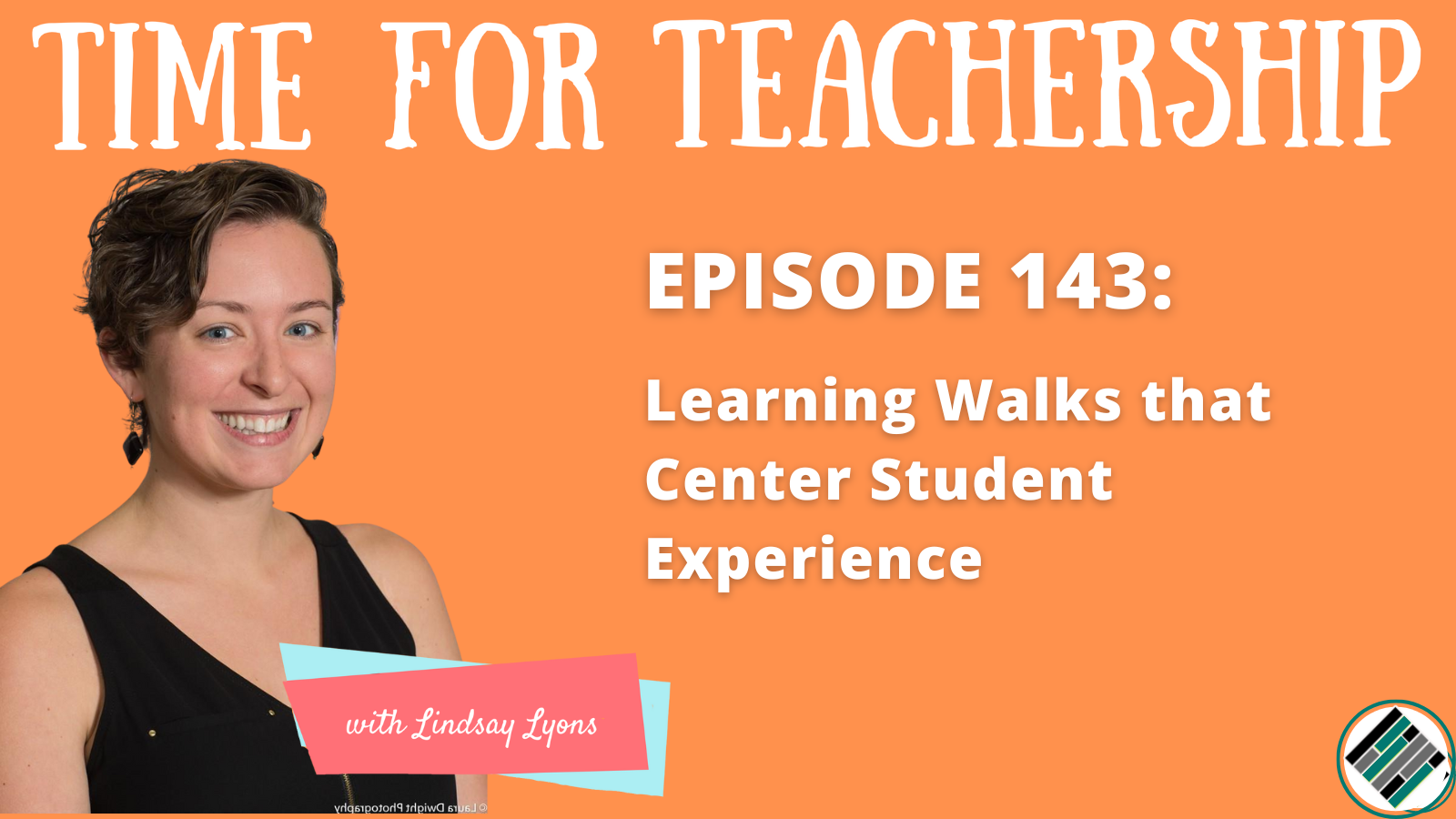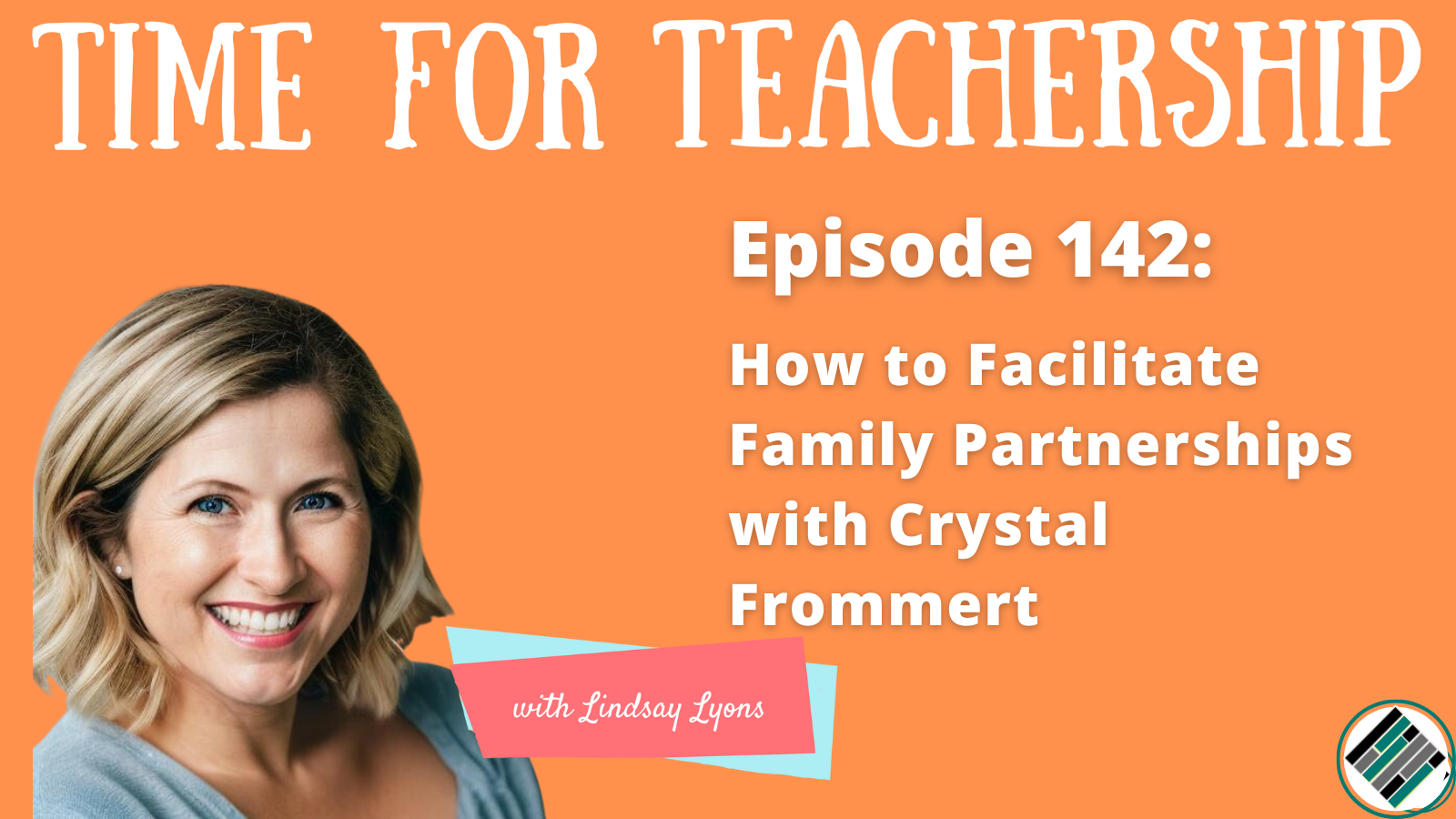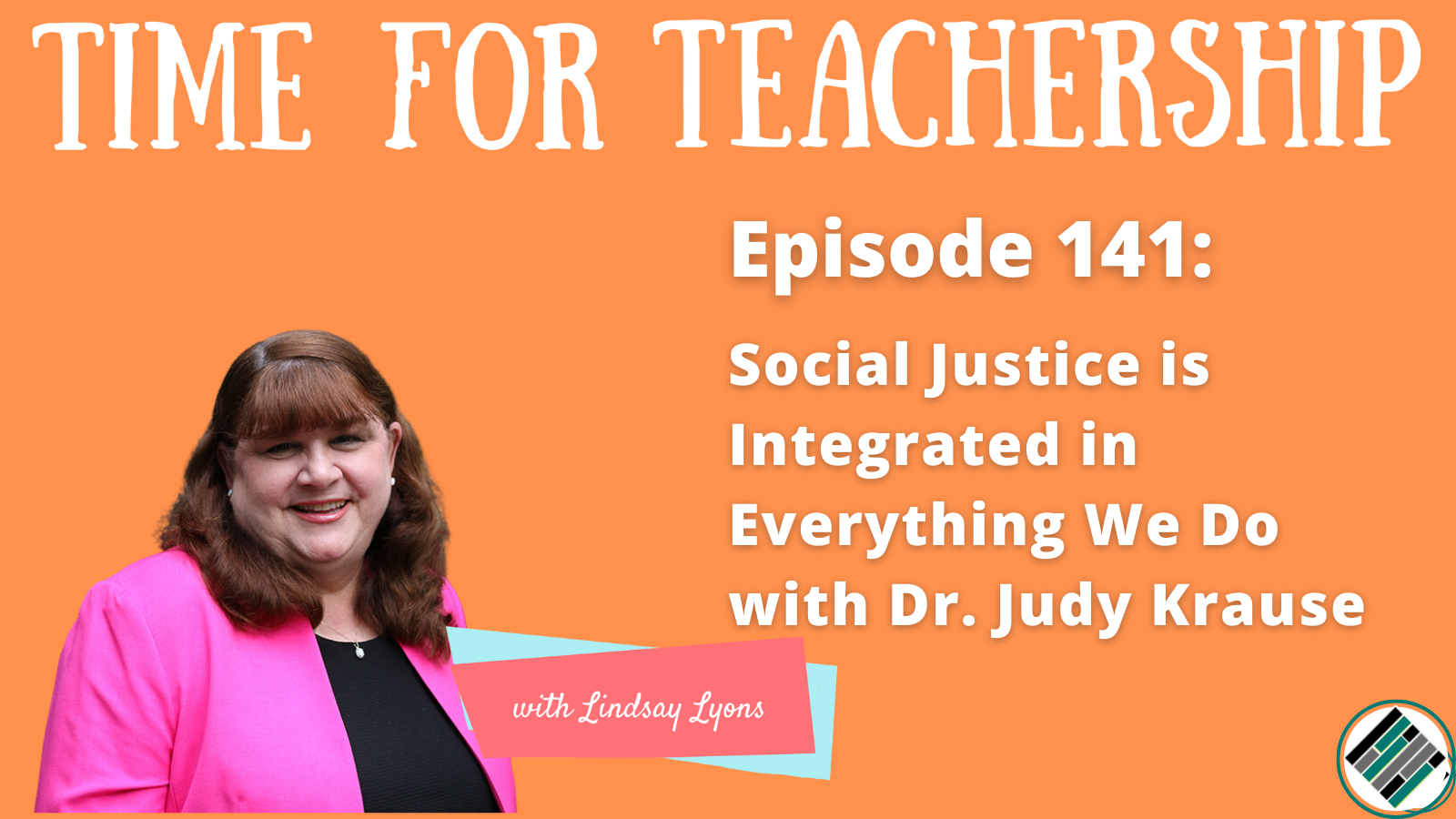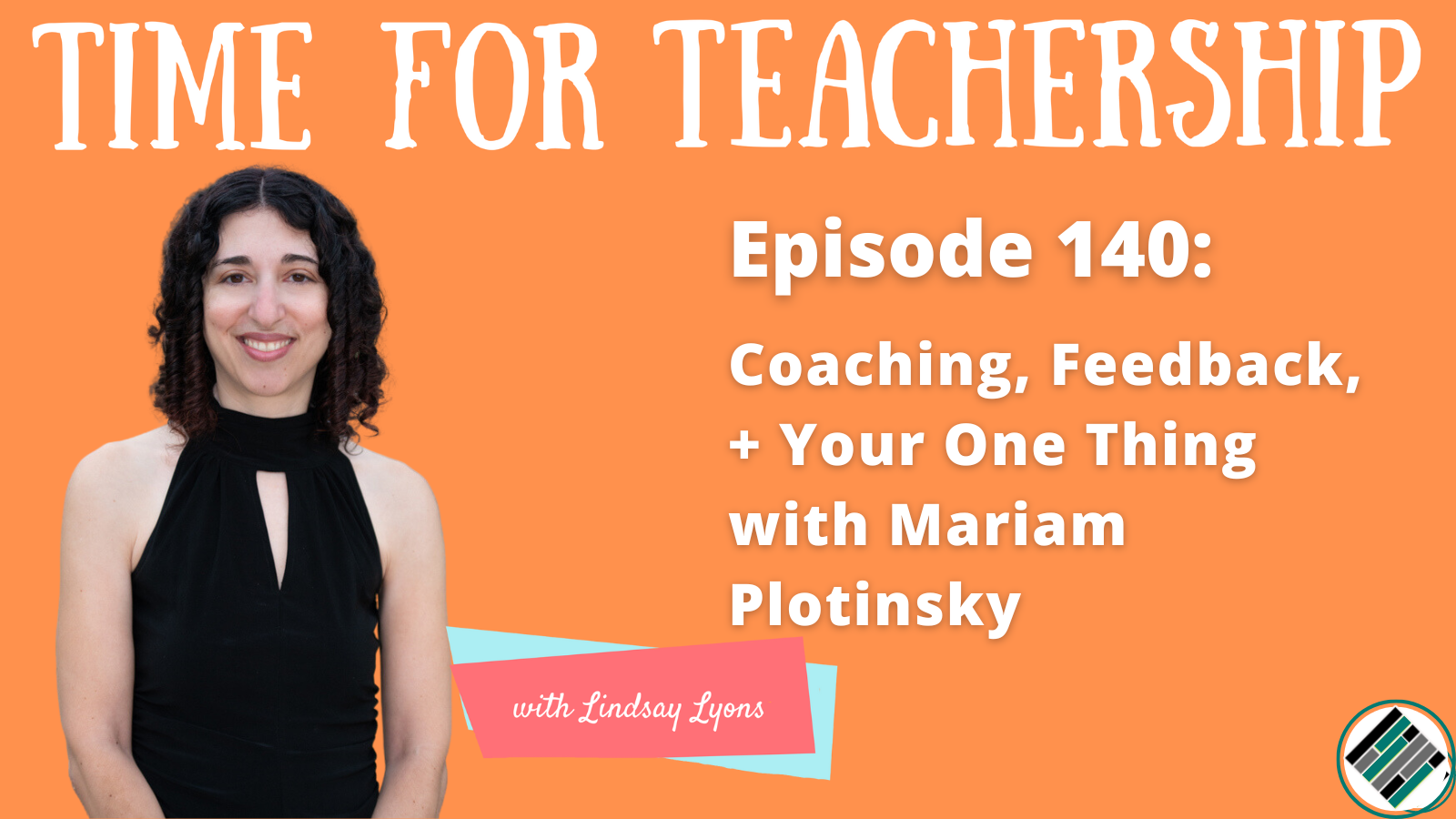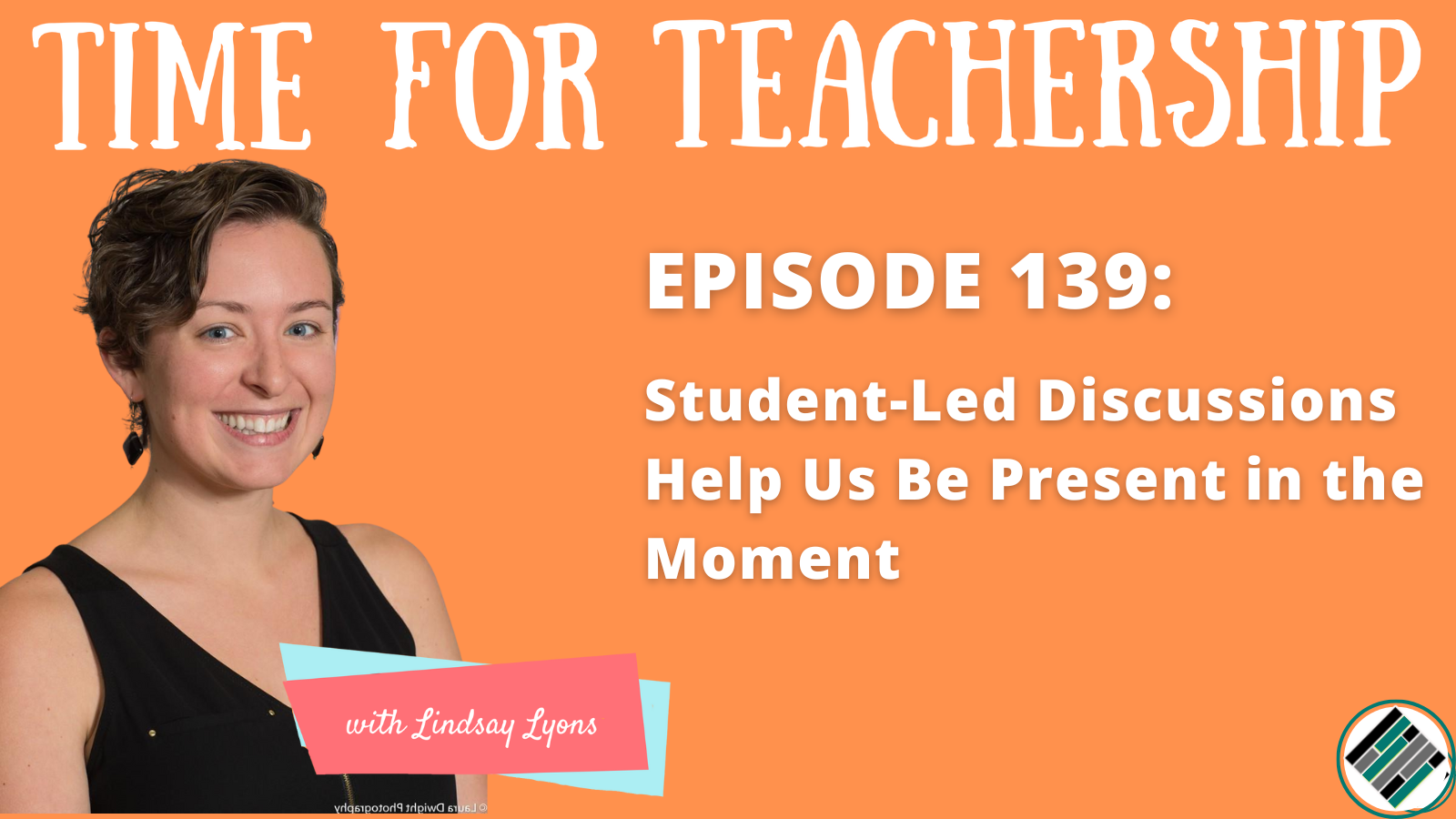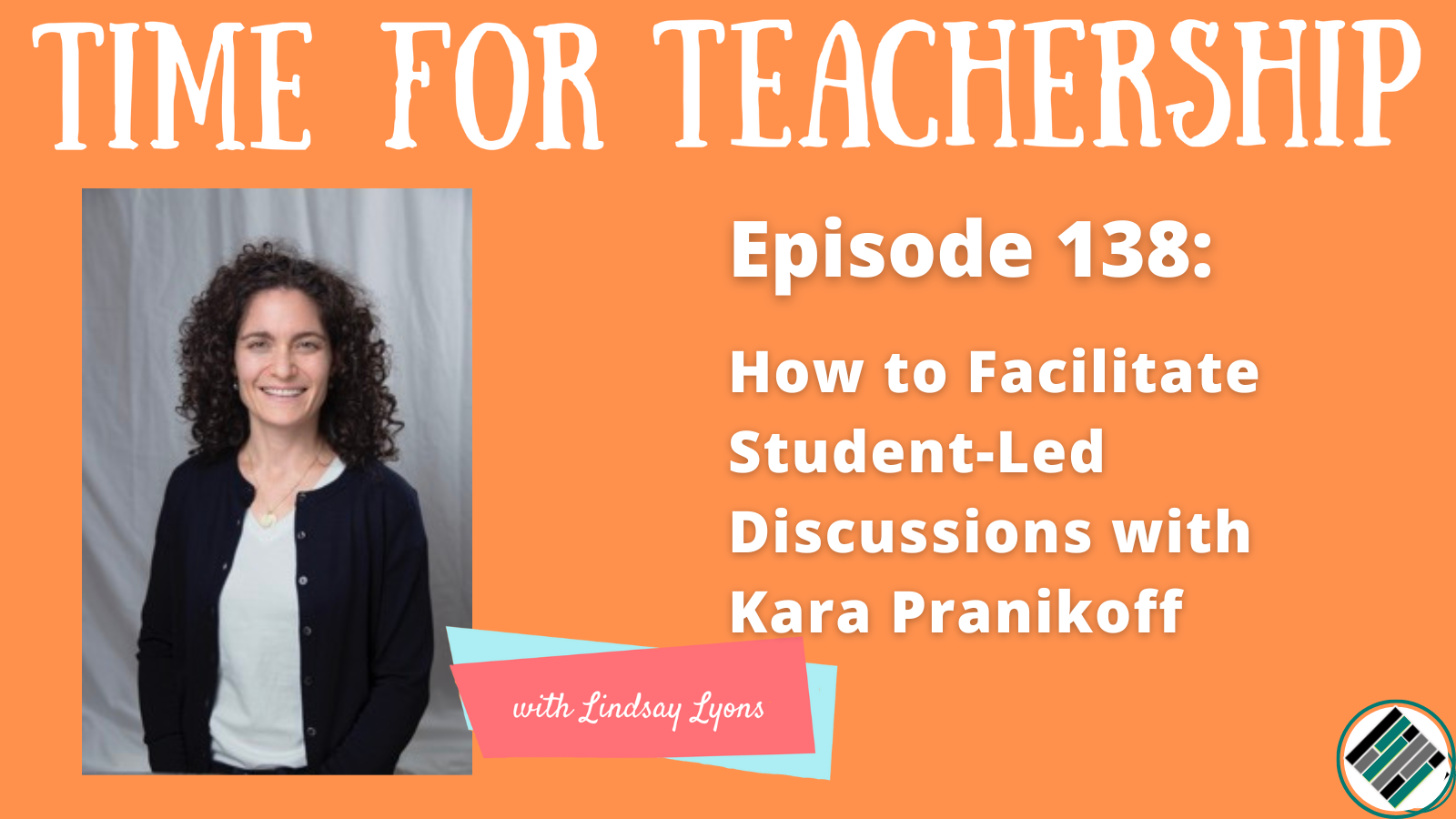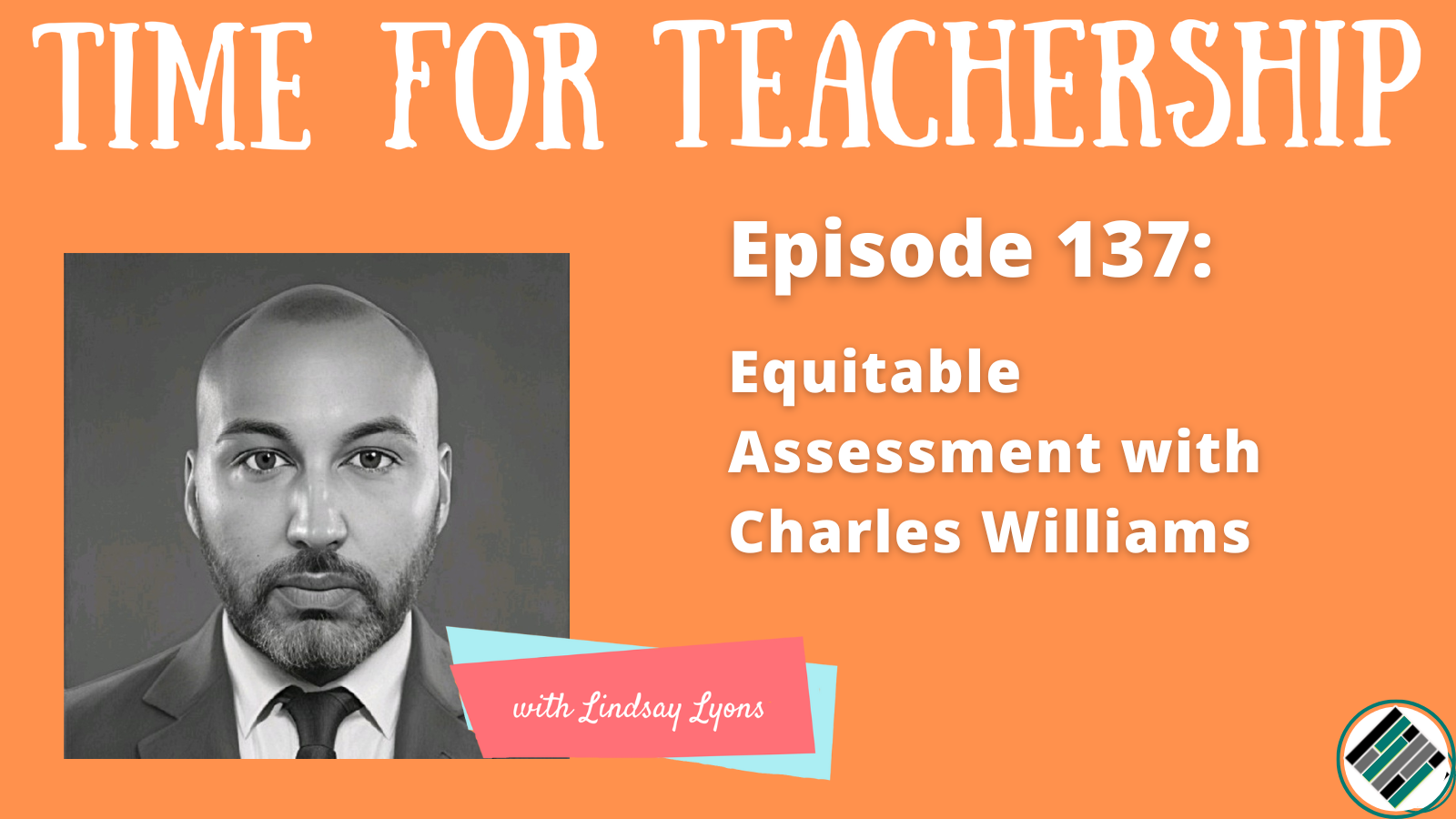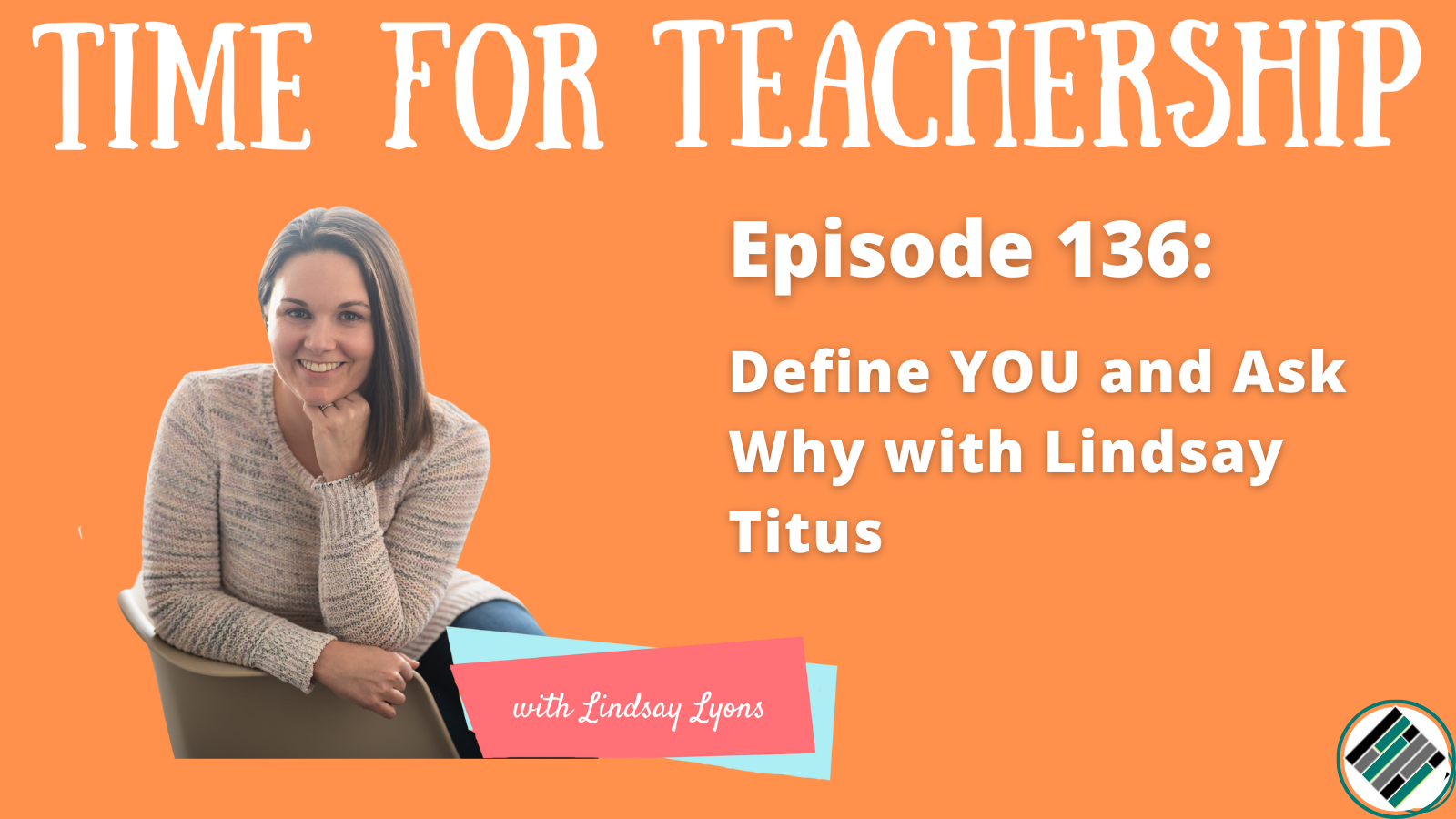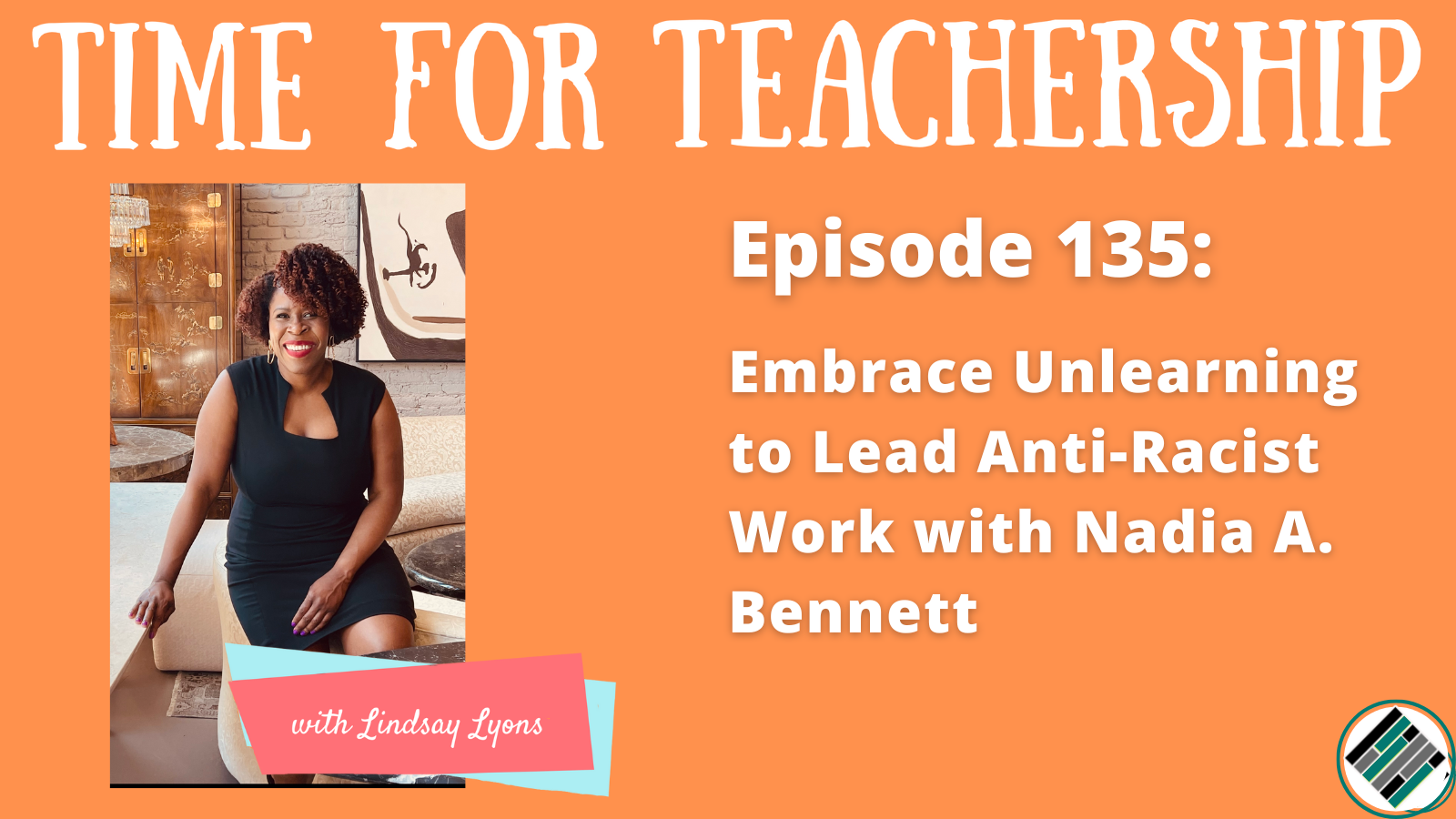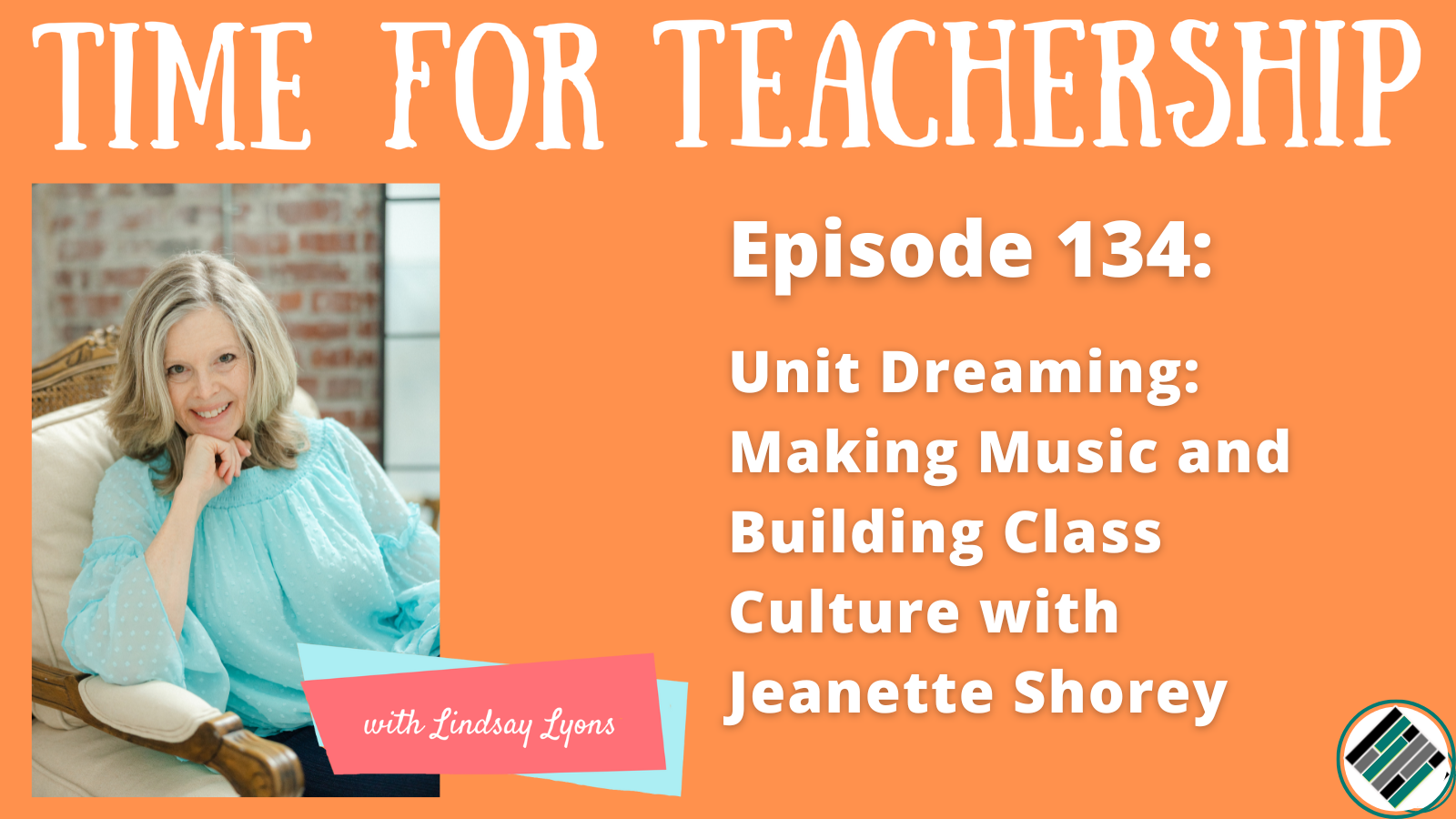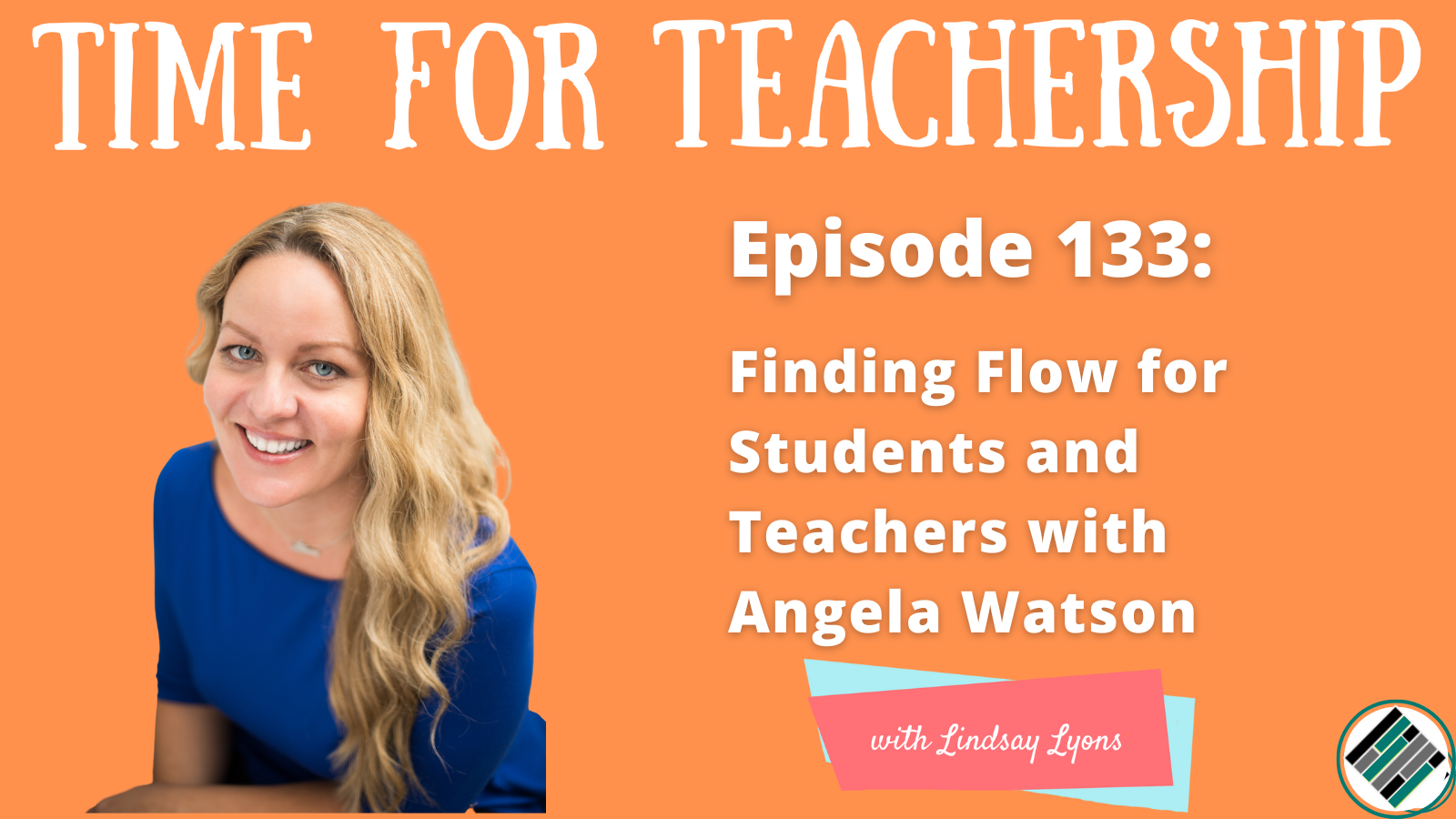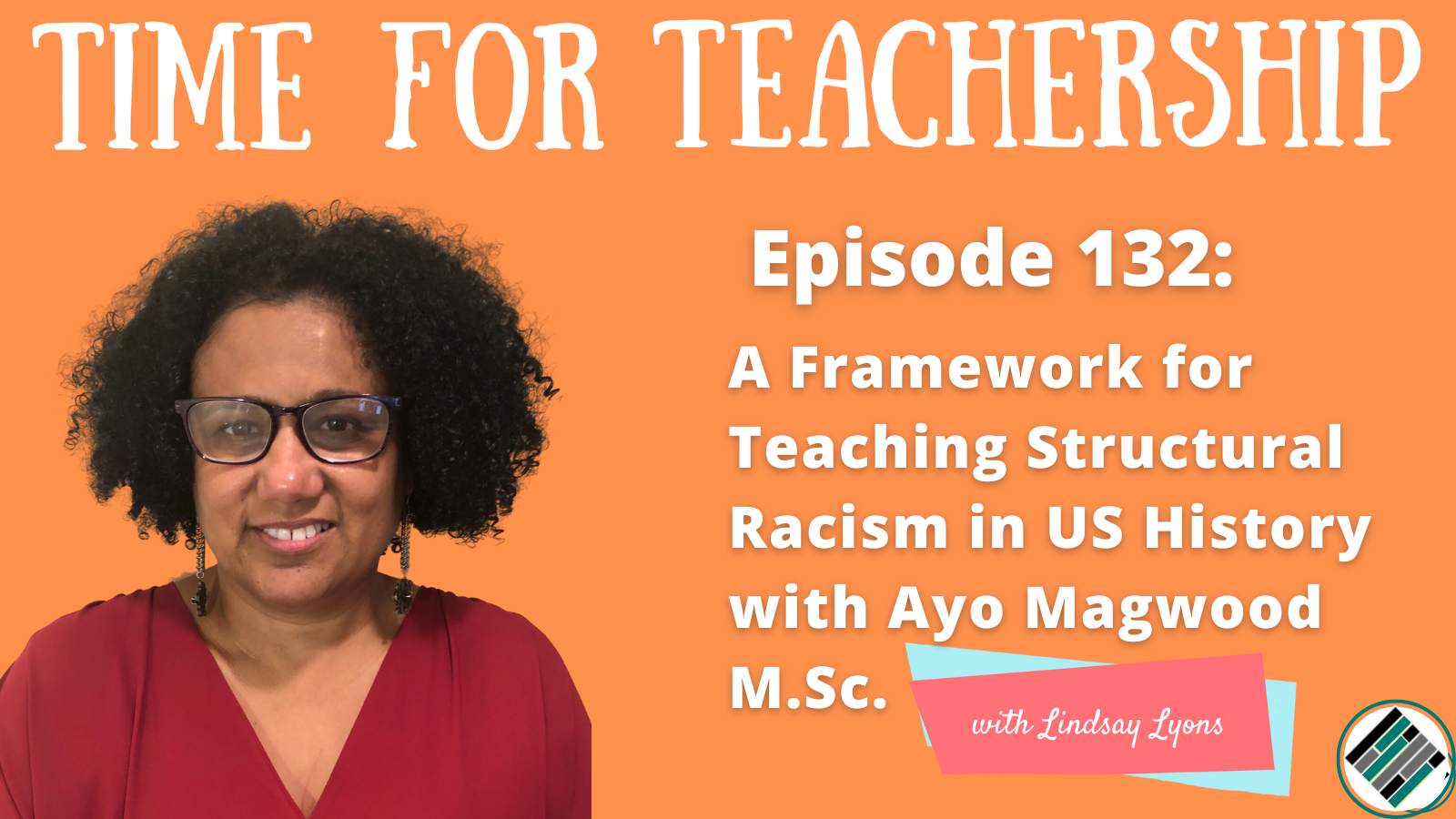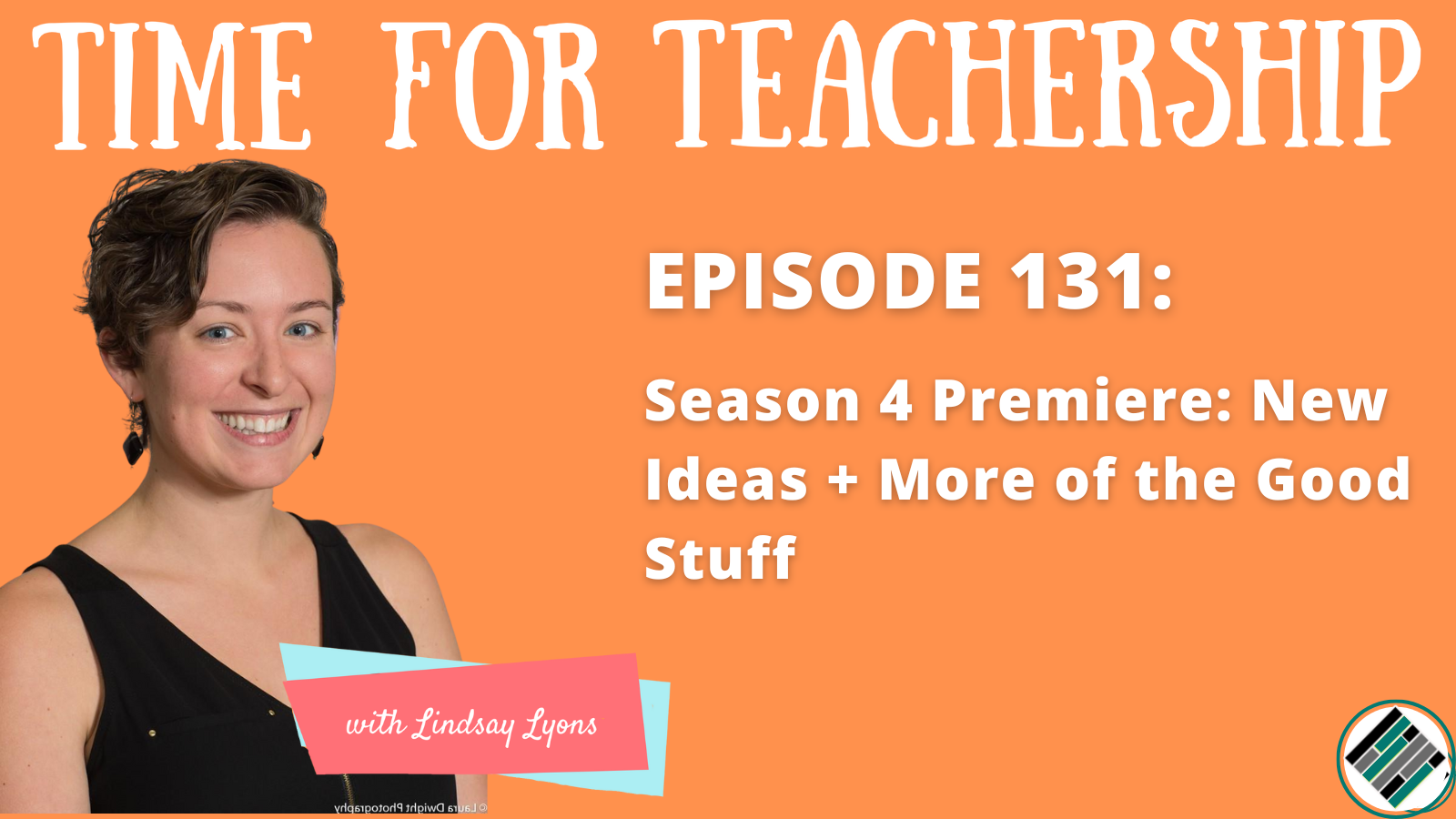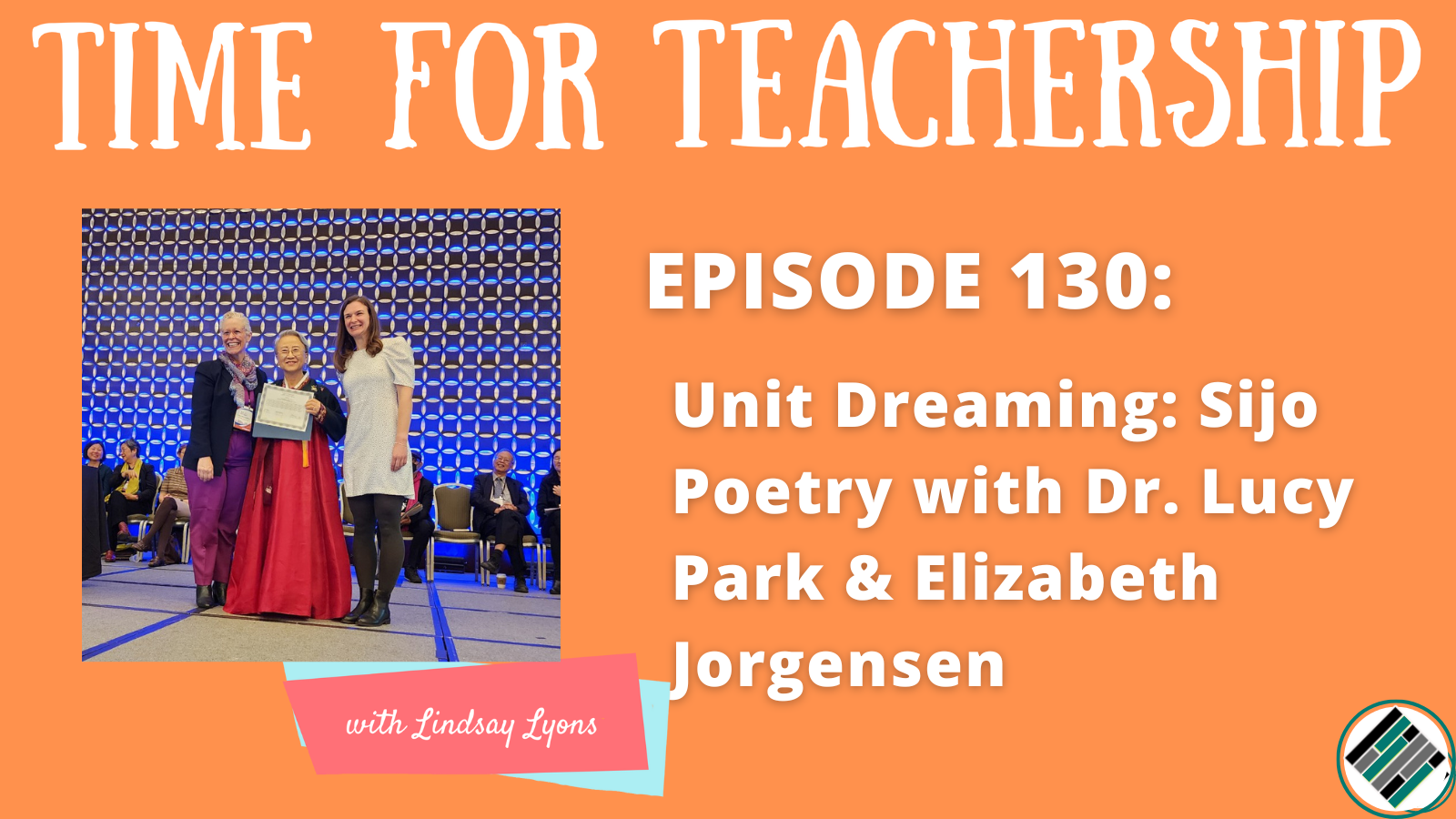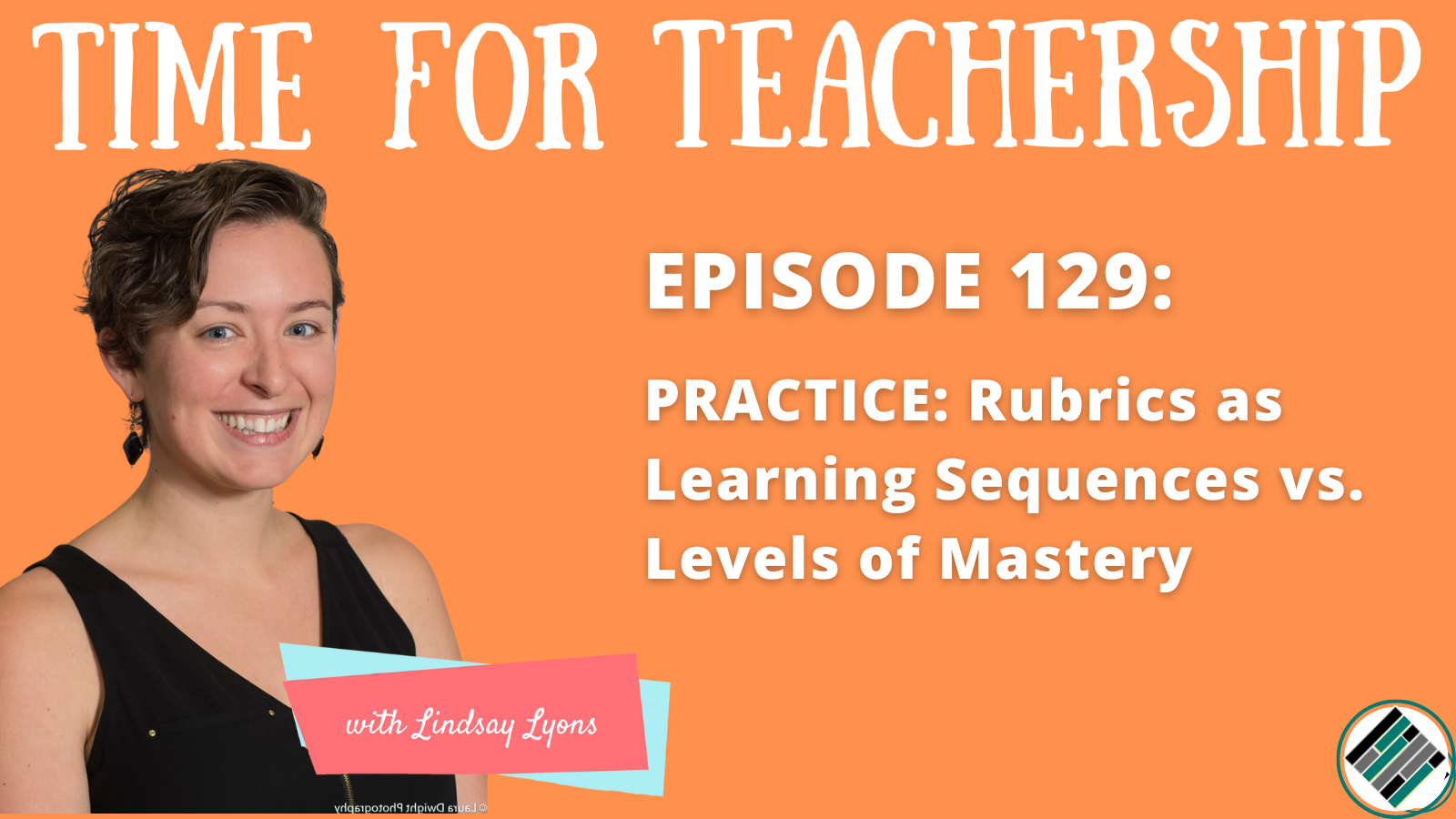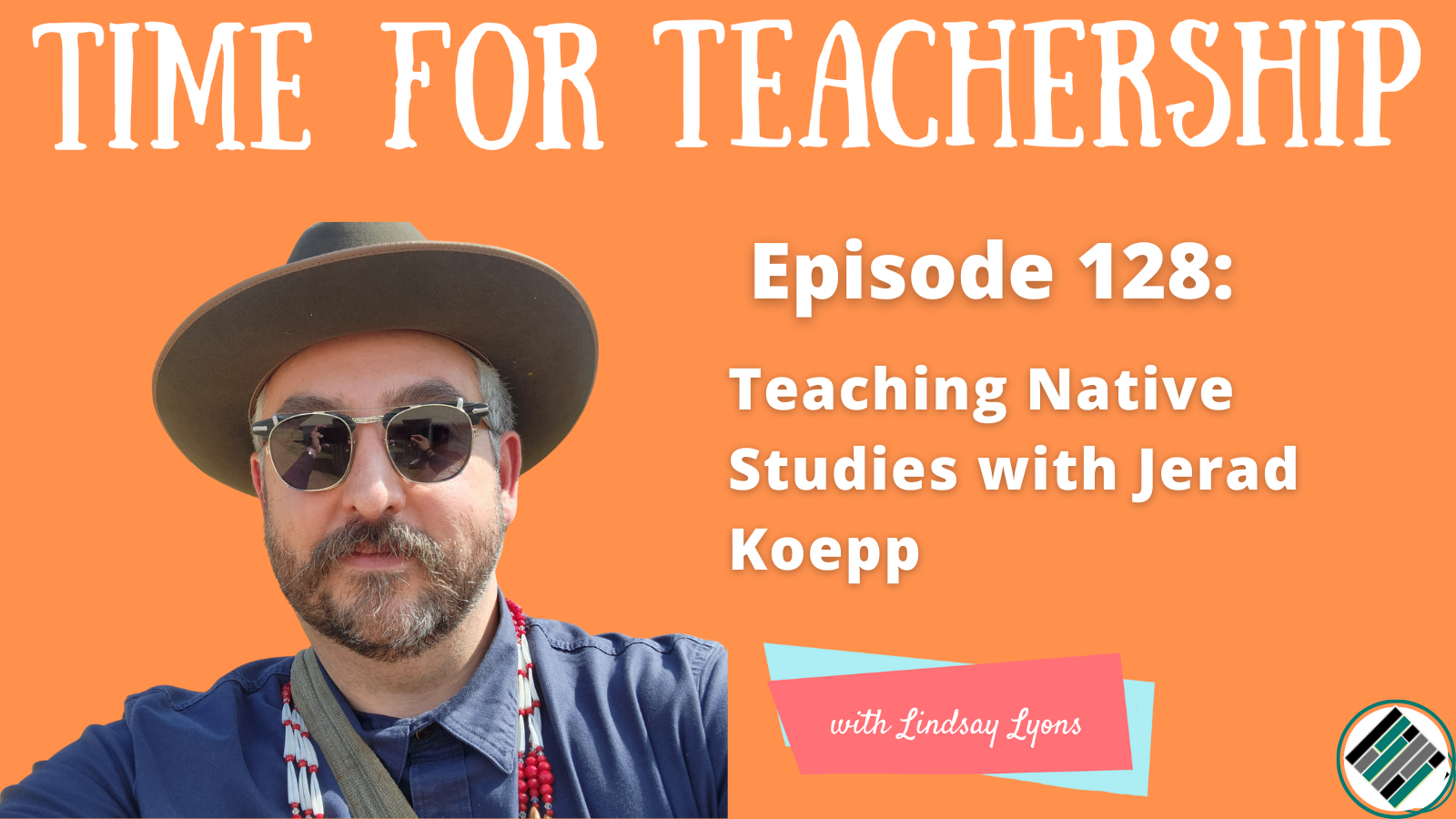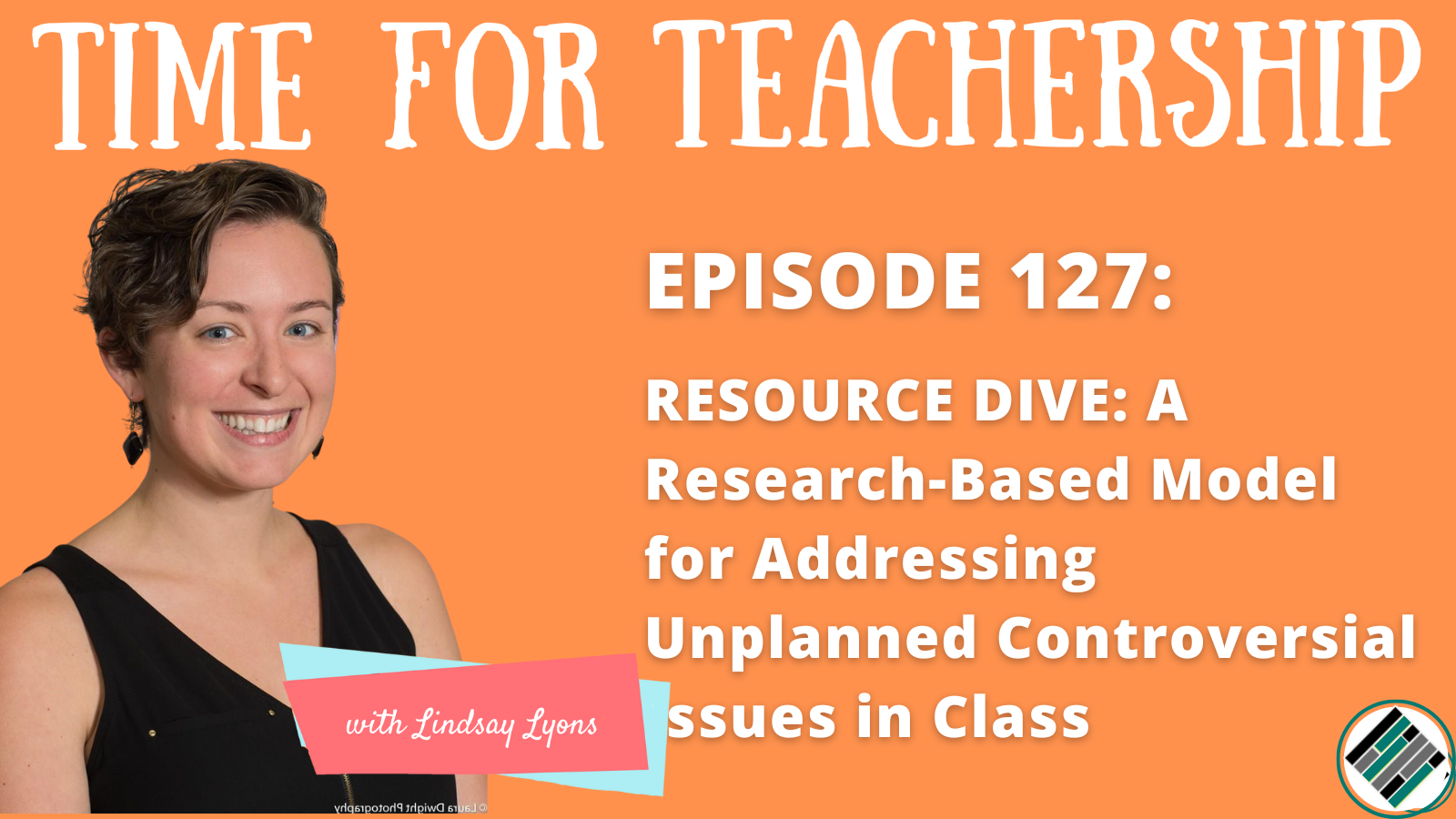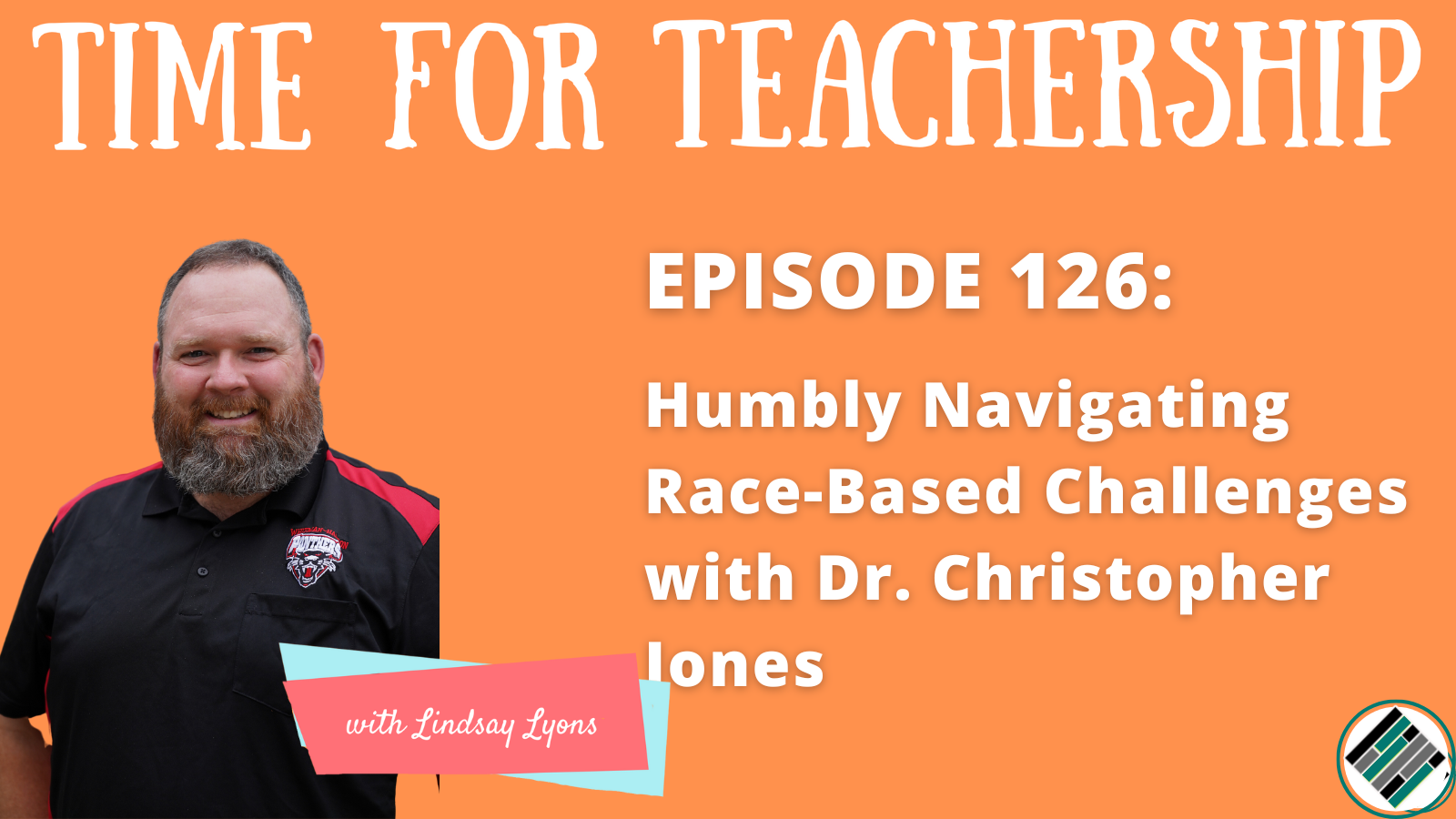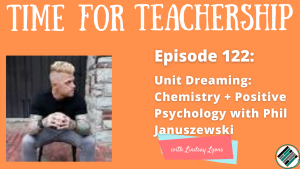
Phil Januszewski is a tattoo-covered, Netflix baking-show flopping, motivational speaking high school chemistry and physics teacher with a master’s degree in teaching leadership. His mission is to bring happiness to others through education, motivation, and entertainment.
In this episode, we go in a totally unexpected direction weaving two content areas together as we apply our step-by-step unit planning protocol. It’s a wonderful example of the messiness of the unit design process!
Unit Planning Step 1: Context/Spark
NGSS Standards. Have to prepare students for the exam. Wants to build in more SEL touches to the Science standards. Can we weave in positive psychology and gratitude into an upcoming thermochem unit? Let’s further students’ development as humans, not just scientists.
Unit Planning Step 2: Pursuits (from Dr. Muhammad’s HILL Model)
Intellect/Content: Shifting energy. Endothermic, exothermic. Phases of water. Lots of algebra.
Skills: Data collection/observation (review); Explanatory models/metaphors (next level)
Identity: How will our unit help students to learn something about themselves and/or about others?
Gratitude. Fostering connection to teacher, students, school community. Embracing the good.
Criticality: How will our unit engage students’ thinking about power and equity and the disruption of oppression?
Lack of belonging inhibits learning.
Joy*: How will my unit enable, amplify, and spread joy? [Joy is: beauty, aesthetics, truth, ease, wonder, wellness, solutions to the problems of the world, personal fulfillment, art, music.]
Experience joy during learning.
Unit Planning Step 3: Driving Question
Is our community more exothermic or endothermic?
Note: We didn’t come up with this exact version during the show, but I think it takes one more step to bring together the student examples to analyze the community sense of belonging Phil talked about.
Unit Planning Step 4: Summative Project (Publishing Opportunity and Possible Formats)
Phase One: Traditional project/assessment on Science knowledge
Phase Two: Students choose a situation that’s important to them and pose it to the class to discuss the question: Is [this example from life] more exothermic or endothermic?
Phase Three: Suggest a practice or policy change to fix an exothermic situation.
Stay Connected
You can find Phil on his website at www.philjanuszewski.com
He’s on Instagram and Twitter @PhilJanuszewski
His Linktree is: https://linktr.ee/PhilJanuszewski
You can email Phil at: [email protected]
To help you inspire flourishing and positive psychology in your school, Phil is sharing his 3-Step Classroom Happiness Practice worksheet with you for free. And, if you’re looking for more details on the ideas in this blog post, listen to episode 122 of the Time for Teachership podcast. If you’re unable to listen or you prefer to read the full episode, you can find the transcript here.
Quotes:
- “I want to help them further themselves as humans, not just scientists.”
- “Is this example from life more exothermic or endothermic, meaning would that person lose energy—is it depleting?—or is it more filling them with energy?…If you didn’t [look like everybody else around you] you raising your hand might actually take more energy.”
- “It would not only be creative and fun…you would see students who don’t always shine in certain areas really thrive in this sort of environment.”
- “This is a great skeleton that I could use in all my units to sprinkle in these criticality pieces that will become part of the routine almost. Yes, we learn the Science, but we also make some metaphors for reality to better understand the topics and take it to the next level.”
- “This conversation in general has made me realize you could fit these in if you were intentional in a way that you can still meet all the Science requirements but also take it a step further while we’re trying to better humans.”
- “To put the Science behind solving a problem, if I know that problem, I think it’d be more natural for me to fit in, so maybe I need to start searching out the problems so I can connect them to my actual Science”

